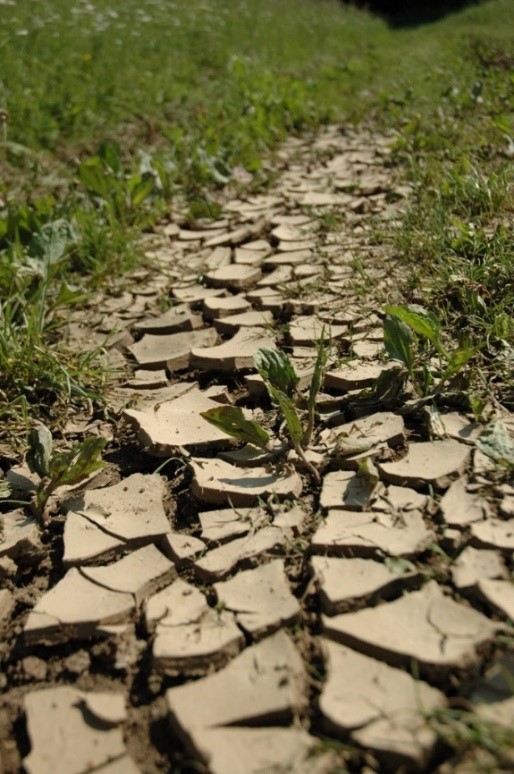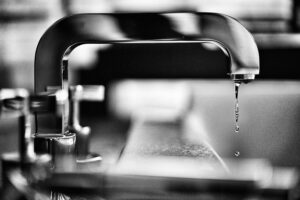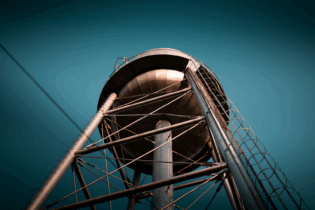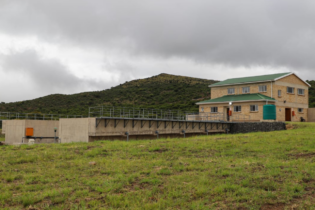While South Africa struggles under the burden of almost constant loadshedding, another problem, a shortage of water, is increasingly manifesting itself, creating headaches not only for consumers but also the commercial sector, particularly large commercial developments.
“Many South Africans are becoming familiar with the phenomenon of watershedding, where municipal water supplies are cut off for extended periods of time,” said Dr Gunter Rencken, technical director at WEC Projects, a local EPC contractor specialising in engineered solutions for water and wastewater treatment. “There are a number of causes behind this, including deteriorating infrastructure; equipment theft; damage to pumping and treatment systems due to load shedding; extended loadshedding which sees reservoirs empty without being refilled due to pump outages; reductions in water quality etc. These challenges are creating a perfect storm for commercial developments, traditionally heavy users of water, as it directly affects the viability of their businesses. It is not hard to imagine the problems created in a large development such as a shopping centre, office building or hospital when there is no water for toilets, human consumption or fire suppression systems.”Solutions to water-related challenges
Dr Rencken explained that the solution to this challenge is similar to that used to alleviate loadshedding – an uninterruptible or backup water supply that can operate until normal service is restored. “At its very basic level, installing backup water tanks onsite provides a simple solution to the problem. Another solution is to separate the plumbing system into potable drinking water and non-drinking water. After appropriate treatment, the waste (grey) water is then recycled for use in non-drinking water applications (toilets, irrigation etc). Yet another option is rainwater harvesting where rainwater is used for non-drinking water usage as well as potable water with the proper filtration, treatment and disinfection system in place. Borehole water is also an option in areas where there are sufficient, high quality groundwater resources. As an option for non-potable use, they are generally cost-effective (depending on factors such as depth and sustainable yield of borehole). In addition, with the integration of a treatment system, borehole water can be brought up to potable standards.” These are solutions that can be integrated into building plans at the design stage of a commercial development but, in many cases, this is simply not economically or physically possible for existing installations. Such water backup systems require considerable space for the storage tanks and there is also the issue of the additional plumbing required to integrate it into the building’s existing water reticulation system. While it is possible to integrate such solutions into existing buildings, factors such as size and design of building, floor space, number of users, and overall water consumption need to be considered to determine its economic and physical viability.Treatment systems
On-site sewage treatment, i.e. treatment systems which feature small footprints and low operating costs, can also be considered for new and existing developments. At the outset it requires differentiating potable and non-potable water use.WEC Projects offers various biological treatment options such as trickle filters, activated sludge and membrane\biological combination systems as well as treatment and disinfection systems, e.g. sand filtration, activated carbon filtration and ultraviolet disinfection etc. A segregated system sees water from wastewater sources recycled for use in toilets and other non-drinking applications. Such systems can be used on a continual basis (not just when water supplies are interrupted) and can realise considerable savings in overall water consumption, particularly in larger developments. However, such savings have to be compared to the design and installation costs, particularly on an existing commercial development, before deciding to implement such a solution.
Wastewater can also be recycled and treated for re-use as potable water, but this requires a more sophisticated multi-barrier treatment system, including deodorisation and disinfection in order for the water to comply with applicable standards for consumption. This concept is gaining traction in Africa due to the low quality or scarcity of water in many regions. Such systems employ coagulation, flocculation, sand and/or activated carbon filtration and ultrafiltration membrane technology for the removal of particulate matter, organic compounds, microorganisms and viruses. In addition, membrane- based reverse osmosis technology is used to remove contaminants such as dissolved salts, nitrates, ammonia, phosphates etc. UV radiation and ozonation are commonly installed for the elimination of viruses. This is usually followed by chlorination or chlorine dioxide dosing as a final disinfection stage.








